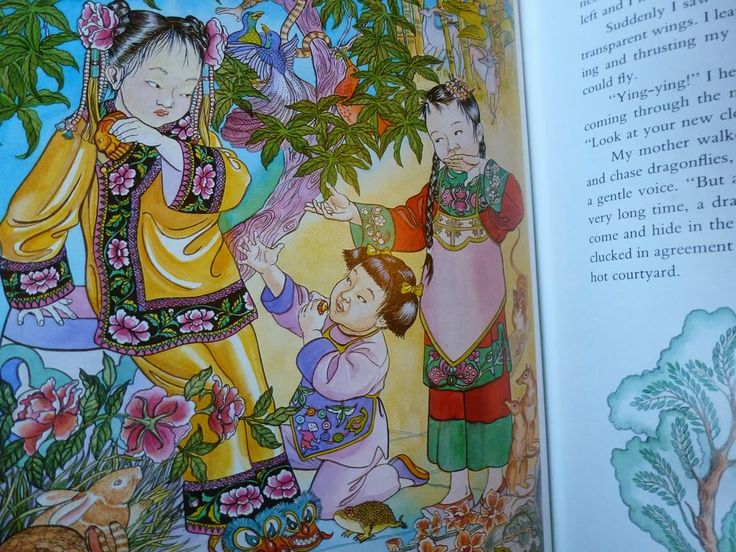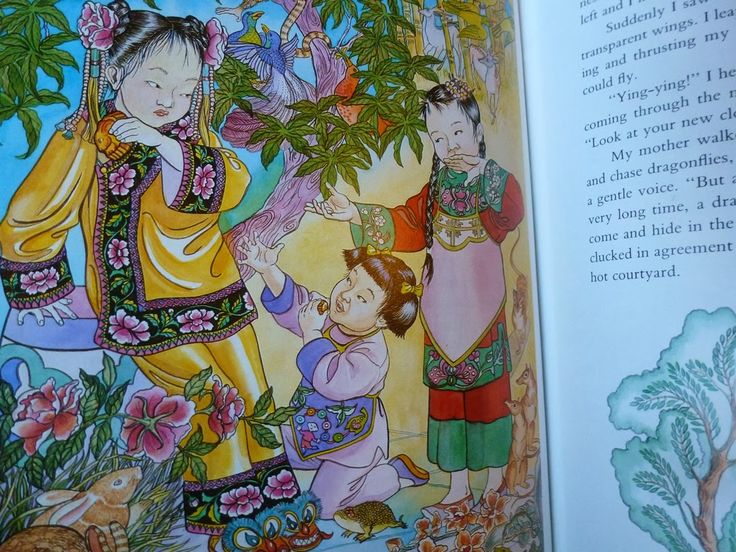With a little over a month until our call for food-related writing and art closes, food lovers and co-editors Rose Morris and Kayi Wong reminisce about the most memorable meals they have come across from a few already delectable literary works.
Food in Literature
With a little over a month until our call for food-related writing and art closes, food lovers and co-editors Rose Morris and Kayi Wong reminisce about the most memorable meals they have come across from a few already delectable literary works.
Rose Morris starts us off in part one of a two part series:
The Moon Lady by Amy Tan
“My little cousins sat in the sun staring at me, then at my mooncake rabbit. Oh how I wished I didn’t have to share! But as soon as I thought that, I knew it was a selfish wish, so I broke off an ear for each of them. Of course, I wasn’t being very generous, because the ears were just dough, with no sweet bean paste filling or egg yolk inside.”
The Moon Lady is an excerpt from Amy Tan’s novel The Joy Luck Club, but I first came across it as a child in the form of a beautifully illustrated picture book. It quickly became one of the very first books I fell in love with. I was enthralled by Gretchen Schields’s sumptuous illustrations and the concept of the mysterious Moon Lady, with her power to grant wishes as long as they were not selfish. What always stuck out to me the most was the description of the little rabbit-shaped mooncake eaten by the main character, Ying-ying, and her cousins. Tan’s description of the mooncake transforms the simple lump of dough into something sacred that must be cherished and savoured, and the portioning out of the mooncake shows the relationship between Ying-ying and her cousins and the importance of family in the story.
Small Ceremonies by Carol Shields
“We have high tea on Sunday, very Englishy, the four of us gathered in the dining ell of our cream-coloured living room at half-past five for cold pressed ham, a platter of tomatoes and sliced radishes. Slivers of hardboiled egg. A plate of pickles. The salad vegetables vary with the season. In the summer they’re larger and more varied, cut into thick peasant slices and drenched with vinegar and oil.”
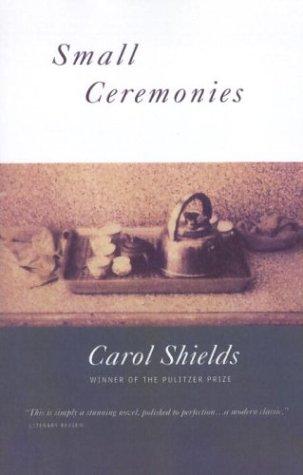
In Carol Shields’ Small Ceremonies, the small ceremony that lends the novel its title is a celebration of the power of ritual and how it can create and maintains familial bonds. Shields’ oil-and-vinegar-drenched platters, like her writing, seem deceptively simple at first. She transforms the most mundane foods—cold ham and sliced vegetables—into something irresistible.
Cranford by Elizabeth Gaskell
“Miss Barker had ordered … all sorts of good things for supper – scalloped oysters, potted lobsters, jelly, a dish called “little Cupids” (which was in great favour with the Cranford ladies, although too expensive to be given, except on solemn and state occasions – macaroons sopped in brandy, I should have called it, if I had not known its more refined and classical name). In short, we were evidently to be feasted with all that was sweetest and best; and we thought it better to submit graciously, even at the cost of our gentility – which never ate suppers in general, but which, like most non-supper-eaters, was particularly hungry on all special occasions.”
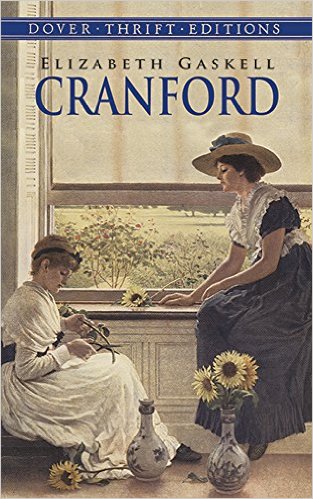
Gaskell’s characteristic wit comes to the forefront in this passage, in the form of her tongue-in-cheek description of differing social classes’ attitudes toward food. This beautifully detailed description of Miss Barker’s lavish spread is so tempting that I wouldn’t mind compromising my own gentility for a chance to partake!
Come, Thou Tortoise by Jessica Grant
“An Orange in a Castle is the prettiest thing you will ever see. It is an orange sitting in a castle made of its own peel.”
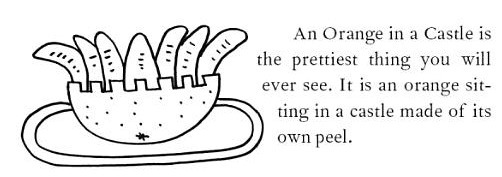
Although the orange peel castle is only mentioned briefly in Grant’s novel, it is such a sweetly whimsical idea that it sticks with you, particularly because it is one of the few moments in the book that is illustrated. The “Castle de l’Orange,” as the protagonist Audrey calls it, is a perfect example of how Grant infuses magic and beauty into everyday objects.
